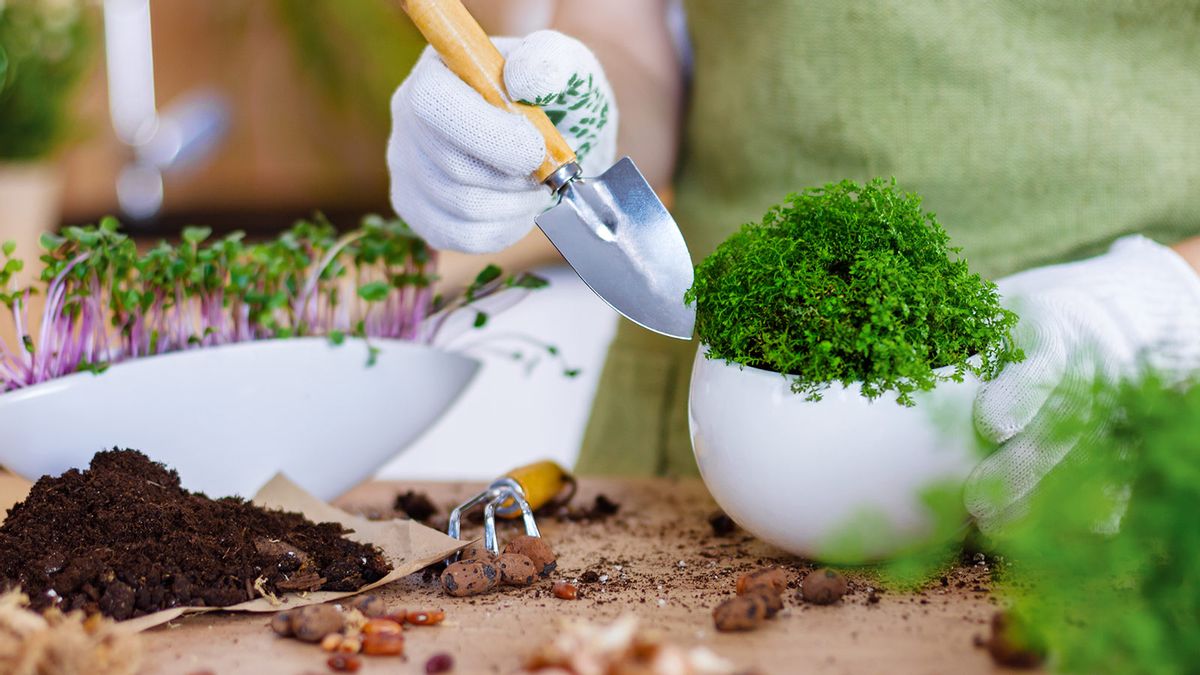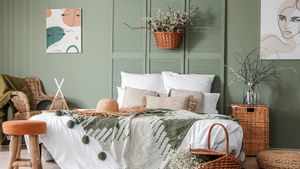If there's one thing the pandemic can be credited for, it would have to be getting everyone's creative juices flowing. One scroll through Instagram, and you're likely to see budding chefs, artists and the likes. And apart from cooking and art, if there's one hobby that gives us hope and keeps us busy toiling, it has got to be gardening. (I mean, are you even a millennial if you aren’t a plant-parent?) From naming their plants to referring to them as their first-borns, millenials are a plant-obsessed lot. And if you want to join the green bandwagon, Vinayak Garg, founder, Lazy Gardener puts all your doubts to rest by answering even your most basic plant FAQs. Vinayak Garg is often referred to as the Chief Gardener of LazyGardener, the Delhi-based company that he founded to provide easy gardening solutions to urban gardeners. He's also completed the Gurukul fellowship, run by H.H. Dalai Lama's foundation in 2008 which initiated his path into mindfulness.
1. If I'm a plant newbie, which plants should I start gardening with?
The options are plenty. You can start with snake plant, pothos, spider plant, aloe vera, dumb cane, syngonium, Chinese evergreen, cast iron plant and also the rubber plant tree.
2. Which plants do you suggest for a city apartment?
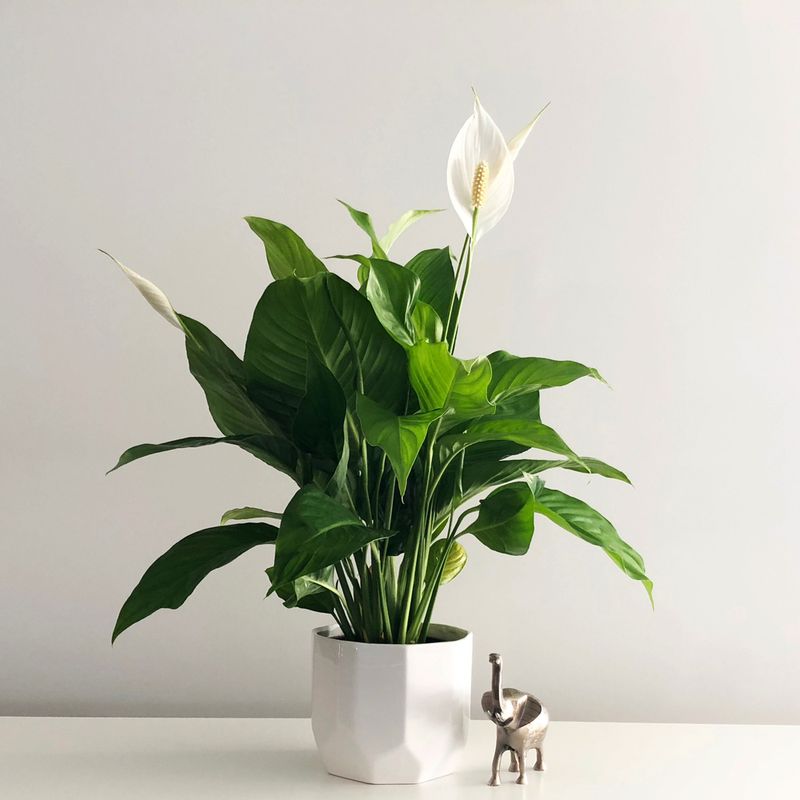
You could go with air plants, sansevieria samurai, peperomia, pothos, anthurium, peace lily, calathea, ferns, philodendron birkins, philodendron Xanadu and baby rubber plant.
3. How often should I water my plants?
If you are not sure when to water, check if the soil is dry using chopsticks or bare hands. Gradually, you'll understand when to water your plants. In winter, one has to water less frequently than in summer. In summer, some outdoor plants may also need to be watered twice a day.
4. Which material should I choose for my pots?
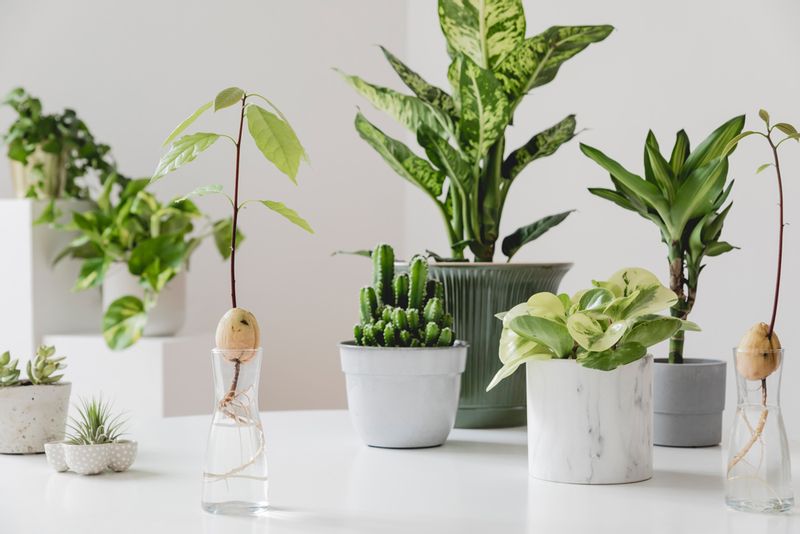
Whether it's plastic, ceramic, terracotta or metal, every pot has different pros and cons—for you and your plants.
Plastic pots: They're cheaper and low maintenance. They have more drainage holes and are lightweight which makes them easily movable. They also come in different colours, shapes and sizes and are non-breakable. But, they heat up or cool down easily, which in some cases may damage plants. They're fine to use in shady areas.
Ceramic/terracotta: They look great visually (and are preferred by many décor enthusiasts), can be recycled and absorb soil alkalinity. The bottom-heavy ones are good for windy areas. But the porous ones tend to dry the soil out quickly which means your plant will need more watering. Also, these pots have one drainage hole, are breakable and more expensive than the others.
Metal: These are attractive and decorative too in addition to being durable. But, these are also expensive and can rust due to watering. They're also non-porous, so make sure you drill holes.
5. How much sunlight do my plants need?
Direct sunlight plants need approximately six to eight hours of sunlight, partial sunlight plants require four to six hours of sunlight and full shade plants need about three hours of sunlight.
6. How can my plants be cared for if I'm travelling?
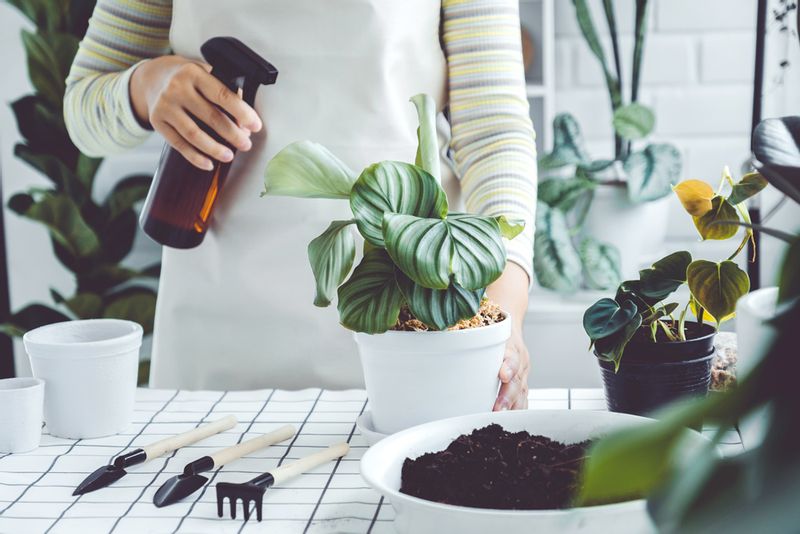
When you travel, you can do some prep to save your plants. If you are a frequent traveller, choose plants that will thrive even when neglected. If you're away for a week, clean up your plants—remove dead leaves and flowers to save plant energy. Remove decaying leaves from the soil to prevent any insect attacks. Water them thoroughly. Don’t leave any water in the tray as it can lead to root rot.
You should also group them together a few days before leaving so that they're adjusted together and there's no sign of plant shock. Grouping them also helps sustain their humidity levels. Place them in partial shade. Also, ask a friend to care for them and water them while you're away.
7. What are your top tips for maintaining the health of my plants?
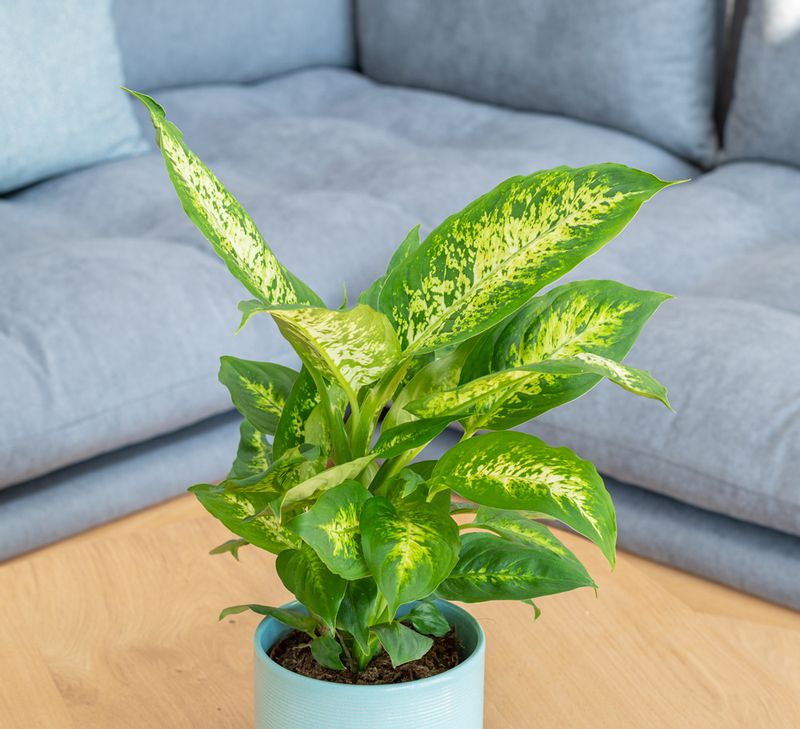
- Place the plants according to their light needs or at least rotate them outside weekly.
- Underwatering is better than overwatering. Water your plants when they are thirsty. Get to know them—leaves show the first sign if the plant is thirsty.
- Fertilise them regularly. The plant also needs food like us to grow.
- Wipe the leaves—misting helps them grow. Do it on a regular basis. Also, don't be afraid to repot.
- Talk to your plants and spend time with them—you'll see them thrive!


